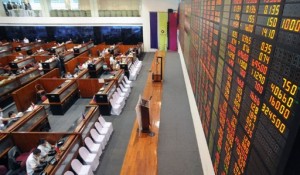As the government raised funds from sources overseas through the sale of panda and euro bonds in May, its outstanding debt climbed to a new high of P7.916 trillion at the end of the first five months.
A weaker peso in May also pushed the government’s outstanding obligations up from P7.787 trillion at end-April, a Bureau of the Treasury data report released Wednesday showed.
Outstanding debt from domestic sources accounted for two-thirds of the total, rising 1 percent month-on-month and 18.8 percent year-on-year to P5.256 trillion in May.
In a statement, the Treasury attributed the month-on-month increase in locally sourced debt to “net issuance of government securities amounting to P50.95 billion, which added to the P60-million revaluation of onshore dollar bonds due to peso depreciation.”
The peso weakened to 52.222:$1 in May from 52.098 against the greenback in April.
Meanwhile, external debt rose 3 percent month-on-month and 10.4 percent year-on-year to P2.659 trillion as of May.
The Treasury said the month-on-month increase in foreign debt came on the back of “currency fluctuations of both US dollar and third currency-denominated debt amounting to P6.14 billion and P10.09 billion, respectively.”
Net availment of foreign loans hit P61.48 billion including 750 million euros in eurobonds in line with the government’s effort to diversify funding sources for infrastructure investment and human capital development, it added.
In May, the Philippines sold 750 million euros in eight-year global bonds at a coupon rate of 0.875 percent, ending the country’s 13-year absence in the euro market last tapped in 2006.
A week later, the Philippines sold 2.5 billion renminbi in three-year renminbi-denominated panda bonds at a coupon of 3.58 percent.
The latest Department of Finance data showed that the share of government debt to the economy rose to 44 percent in the first quarter, from 42.6 percent year ago, as the increase in domestic borrowings outpaced the four-year-low economic growth.


